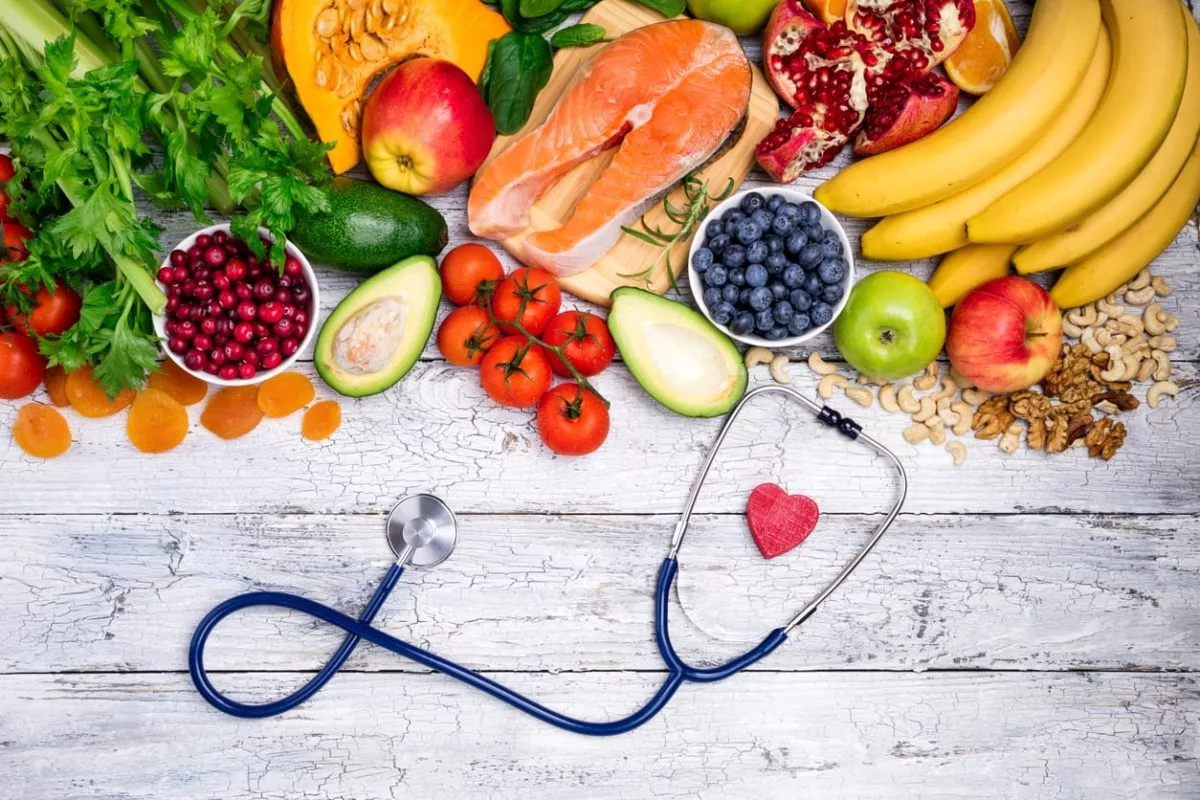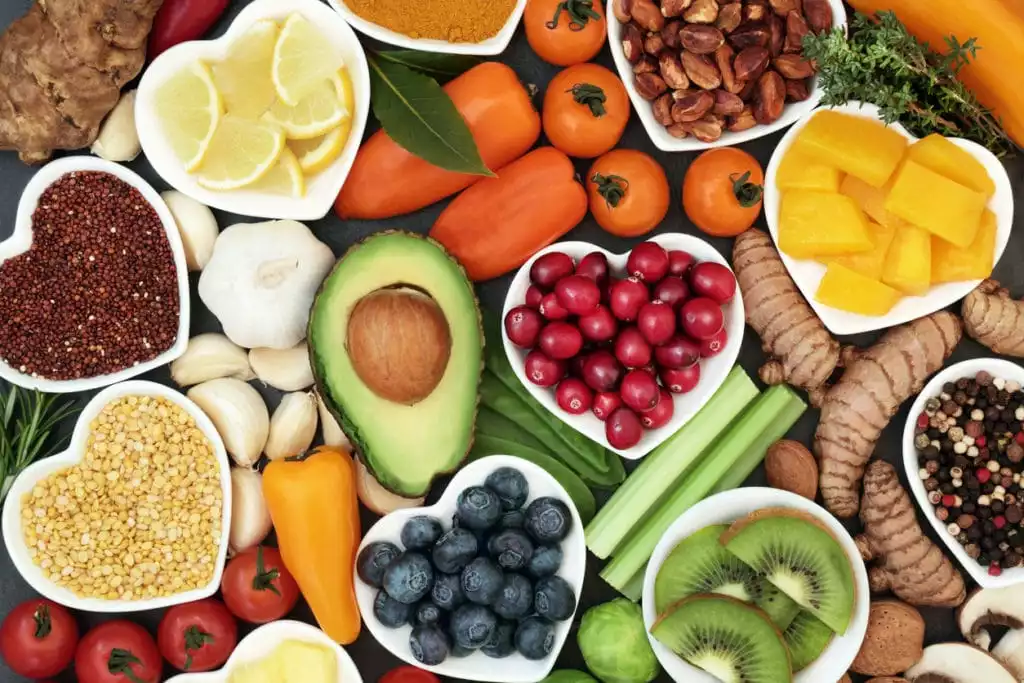
Inflammation: it’s one of the body’s key methods for reacting to injury and/or illness in the body. When it happens in the right circumstances, the inflammatory response aids your body by improving circulation, boosting temperature locally, and encouraging cellular regeneration.
Swelling also boosts oxygen and nutrient transmission to localized cells, giving the area more of what it needs to repair the tissue. The problem happens when inflammation becomes out of control or unusually high. This can lead to pain and sensitivity in certain areas of the body. Luckily, with an anti-inflammatory diet plan, this pain can be reduced.
The Good, the Bad, and The Ugly
Like fevers (which aid the body in eliminating germs), the body’s natural inflammatory process can trigger inappropriately or too often. When it does, patients may begin to experience a broad range of symptoms affecting both local and non-local areas of the body. These symptoms range from chronic pain to fatigue to an increased risk for diseases like cancer, heart disease, and Diabetes.
Whether your inflammation stems from an autoimmune disorder like Rheumatoid Arthritis (RA), cardiovascular disease, or a physical injury, treating extended inflammation is always wise. But medications aren’t always the right answer; as they can come with serious side effects. Since every person may have a different experience with anti-inflammatory medications, it’s important to speak to a pharmacist before you take any medication.
Fortunately, there is another answer – and it’s accessible to every patient in America right from their own home. You can reduce your inflammation pain by creating an anti-inflammatory diet plan by making simple changes to your diet.
Does an Anti-Inflammatory Diet Plan Actually Work?
Research shows that one of the best ways to eliminate inflammation is through diet. Many of the foods we eat today in America exacerbate inflammation, while others may actually reduce inflammation if added into your diet. Finding the right balance is the best way to treat your symptoms.
Research into exactly which foods aid inflammation continues, but we do have a significant amount of evidence for specific foods already. We know that certain foods are naturally better for inflammation than others because they contain specific food-based compounds. But figuring out what you should and shouldn’t eat? That isn’t always easy or intuitive.
What we have the most evidence for so far is foods that contain omega-3s, omega-6s, antioxidants, and certain spices with anti-inflammatory compounds. Creating an anti-inflammatory diet plan with these in mind can be extremely beneficial.
Omega-3 and Omega-6
Most of the foods that reduce inflammation contain specific compounds known to benefit the human body in some way. For example, fish contains omega-3 and omega-6 amino acids. Both of these reduce inflammation in the body.
What exactly are omega-3 and omega-6? Both are amino acids the human body requires for optimal functioning and energy production. Researchers don’t quite understand how they reduce inflammation, but multiple studies do prove a link between ingestion and lowered levels.
You should eat omega-3 and omega-6 foods in a specific balance for best results. Aim for 2 servings of omega-3 to every one serving of omega-6. Too much omega-6 may negate the presence of omega-3s in the body.
Eat This:
- Flax, hemp, and chia seeds
- Most cold water fish (salmon; trout)
- Spirulina (in smoothies or other foods)
- Most dry beans (black, white, mixed)
- Leafy greens (broccoli, kale, and collard greens)
- Oysters, mussels, crab, and other shellfish
- Eggs (boiled or scrambled, not fried)
- Fortified foods (e.g., soy milk, cereals)
- Grapeseed, coconut, and avocado oil
- Plain low-fat yogurt
Not This:
- Too much red meat
- Eggs fried in butter
- Butter and/or margarine
- Fortified high-sugar snacks
- Trans fats and saturated fats
- Greek, full fat, and high-sugar yogurt
Antioxidant-Containing Fruits and Vegetables
Foods that contain antioxidants help the body clear toxins – including the very compounds that may cause or worsen inflammation in the body. Your anti-inflammatory diet plan should contain antioxidants as well. By eating a diet high in healthy antioxidant foods, you may be able to reduce your inflammation.
Most foods that contain antioxidants are naturally healthy, falling under the fruits and vegetables umbrella. When you eat more of them, you benefit your body in other ways, too. Fruits and vegetables are one of the most important ways we get most of our vitamins and minerals from our diet.
In total, most patients should aim for five to 10 servings of fruit and vegetables per day. However, be mindful that these foods may contain sugar, and sugar is a trigger for inflammation. Worse yet, unhealthy foods may masquerade as healthy based on their fruit or vegetable content alone.
Whenever possible, get your antioxidants from whole food or raw sources.
Eat This:
- Raw, whole-sourced fruits and vegetables
- Blueberries, raspberries, and cranberries
- Broccoli, cauliflower, and squash
- Sweet potatoes and yams
- Avocados (½-avocado for 1 serving)
- Apples
- Pears
- Mangoes
- Grapefruit
- Oranges
- Lemons
- Limes
- Cabbage
- Beets
Not This:
- Processed fruit snacks (e.g., fruit juice gummies)
- Fruit-containing desserts (e.g., pie)
- Fruit packed in syrup and/or sugar
- Sugary smoothies and/or fruit drinks
- Dried fruit (often contains sulfur or sugar)
- Fruit “parfaits” and/or mixes
- Baked goods with fruit (.e.g, fruit muffins)
- Canned vegetables or soups
- Vegetable drinks like V8
- White potatoes
Anti-Inflammatory Spices
Adding certain spices or flavorings to your anti-inflammatory diet plan may also help you to eliminate inflammation. That’s because some spices contain anti-inflammatory compounds that directly treat inflammatory processes in the body.
Researchers don’t fully understand exactly why some spices seem to work better than others. However, we do have solid evidence for a few specific spices, including all of the following:
- Turmeric
- Cayenne
- Ginger
- Cinnamon
- Garlic
- Black pepper
We have the most evidence for turmeric, the golden-yellow spice often present in curries and most Indian dishes. Turmeric contains curcumin, a powerful antioxidant, that has a direct impact on inflammation within the body.
Cayenne pepper reduces inflammation because it contains capsaicinoids, the same substance found in black pepper. Studies show that capsaicinoids may be as or more effective at reducing inflammation as the popular NSAID diclofenac.
Ginger, too, is a powerful antioxidant that relieves inflammation. It’s best eaten fresh or in the form of a tea. The compounds within this spice have anti-inflammatory, and analgesic properties.
Cinnamon comes from the tree Cinnamomum, and contains a substance known as cinnamaldehyde. It is this substance researchers believe has anti-inflammatory properties. Cinnamon extracts also contain polyphenols, a powerful antioxidant compound.
Garlic has been used by humans to treat a variety of illnesses and conditions for thousands of years. Like cinnamon, it contains polyphenols, but it also contains organosulfur compounds (OSCs). OSCs have an active effect on the body when ingested, improving the immune system, reducing inflammation, and even inhibiting the proliferation of cancer cells.
How to Use Spices
For best results, try to use fresh spices made at home whenever you can. If it’s not an option, you should at least try to use the freshest dry or powdered spices you have access to. Organic supplements are also an option, and can be a fantastic way to supplement your anti-inflammatory diet plan.
The good news is that spices contain very little calories; you can use as much as you like with few side effects if you’re providing them via food. If you’re taking supplements, check with your pharmacist for the best amount to take.
One small note: some patients with gastrointestinal conditions may experience irritation if eating a diet rich in spices. If you experience any pain or nausea, stop ingesting the spice temporarily and speak with your pharmacist. Although this side effect is rare, it does occur for a small number of patients.
Creating a plan to stay healthy and reduce inflammation can be as simple as making a few changes to your existing diet.

 info@burtsrx.com
info@burtsrx.com


